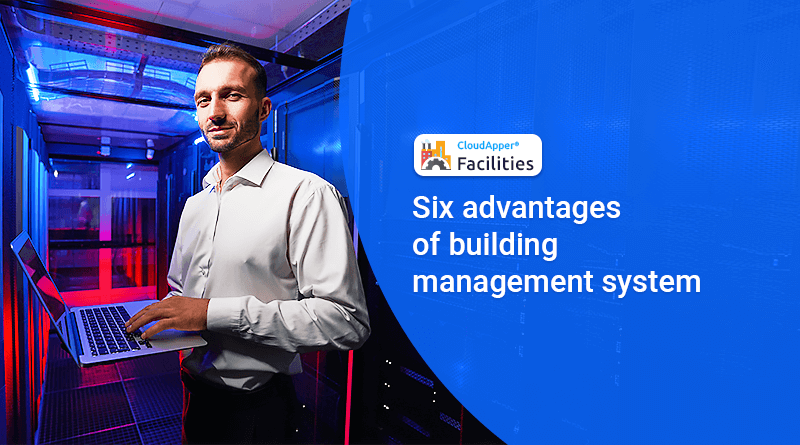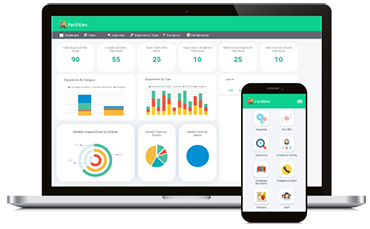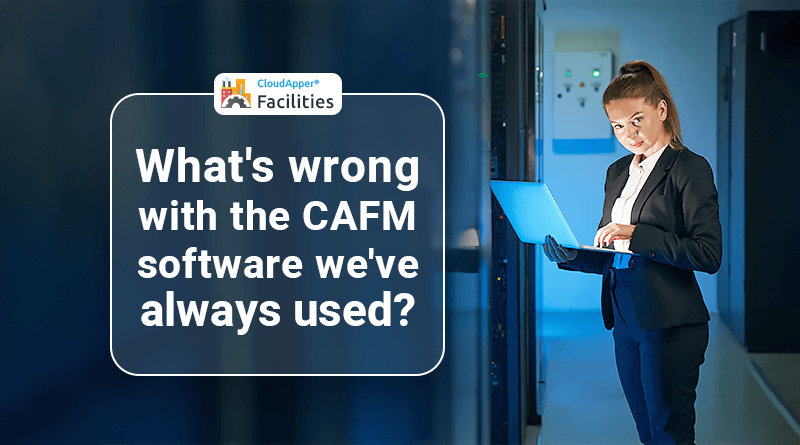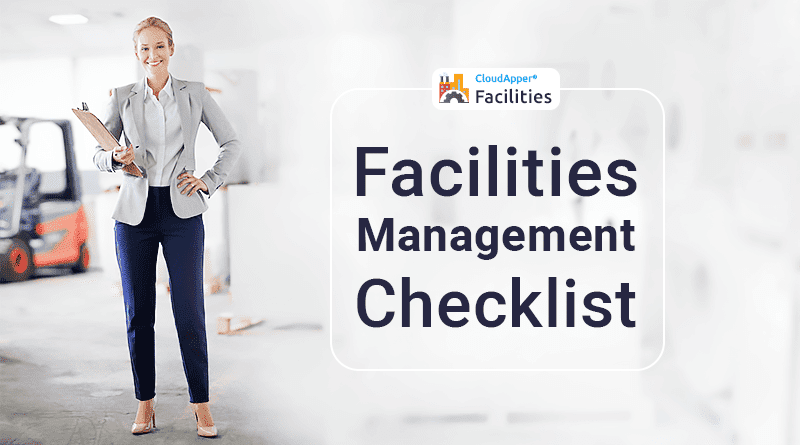Table of Contents
More and more building owners are looking for data that gives them a full picture of how their buildings work, what equipment they have, and how efficient they might be.
For many people, the first step is to put in a building management system. But a building management system won’t give you the simplified data or pretty pictures you need to get the most out of smart building technology. To constantly keep an eye on building systems, find real problems, and fix them quickly, you need an analytics platform with powerful data mining tools and actionable insights.
By using an intelligent building analytics platform, contractors and engineers can help customers fully understand the benefits of building system management systems, allowing them to automate more operations.
Six benefits of analytics for building management system automation
As smart technology improves and energy efficiency becomes more important to building owners, building management systems (BMS) are becoming an important part of new construction and renovation projects.
The rapid growth of the BMS industry shows that building owners understand how important data is. Building management systems can give a lot of information about what is happening in a building. Without focused analytics to cut through the noise and make the data useful, many of the benefits of automating building management systems are lost. A system that can be automated and has features like an analytics dashboard and customizable reporting will make it easier to create data-driven projects that improve the efficiency of both teams and equipment.
When you pair a BMS with the right analytics software, six main benefits take building management and automation to a new level and give your clients real value.
1. Getting the whole picture
Instead of going through long lists of alerts and information, you can focus on the big picture with simple, actionable results from an automated building management system with advanced data analytics. In particular, analytics can give:
- Easy-to-understand data on overall energy use.
- Real-time information on building conditions, assets, and equipment.
- Access to prioritized information instead of a lot of data. This will help building management systems change to meet the needs of each client.
2. Making custom reports easier
Reporting can be changed to meet customer needs and is a key part of improving facility operations. The best tools for data analysis will make reports that:
- Show trends and how far you’ve come toward your efficiency goals.
- Offer solutions to problems before they happen.
- Automatically made on demand and at regular intervals
- Are given to the right people and are easy for customers to find through customer-facing interfaces.
When BMS systems are combined with smart data analytics, they create customized reports that are easy to understand and point out specific areas that need to be changed.
3. Making the internal system easier
A building management system with an analytical dashboard makes it possible for many different teams to keep collecting and analyzing data. Here’s what you need to know:
- Air quality in the home
- Efficiency of the heating, ventilation, and air conditioning system
- Lighting conditions
- Occupancy rate
- Water, gas, and electricity use
When a building management system collects data directly from the field and combines it with an analytic dashboard, a fully controlled, streamlined system is made that can:
- The order of alarms should be set.
- Find and fix problems that might not be seen otherwise.
- Act before systems break down or repairs are needed.
- Avoid future inefficiencies.
Data analytics systems keep an eye on the equipment and conditions in a building to prevent operational bottlenecks, malfunctions, and dysfunctions.
4. More time on the job
Monitoring the performance of assets and equipment on a regular basis is important for keeping systems up and running. This helps not only building owners, but also integration, maintenance, and service teams. Here are some examples of main systems and support systems:
- Current BMS alarm systems
- Electricity generators
- Equipment for the airside and waterside
Analytics dashboards bring more attention to places where downtime can be avoided. This improves operational efficiency and cuts costs by making it possible to get important insights from huge amounts of data.
5. More ways to save money on energy and utilities
Data analytics provides the information required for the automation of smart building management systems and energy efficiency programs. Building owners often want to do this because it can save them a lot of money. Some estimates say that automating the HVAC and lighting systems alone can cut energy use by up to 30%.
Intelligent analytics can help to enhance energy and utility efficiency by:
- Keep track of how much energy is used and make reports on energy efficiency
- Give useful airside analytics for HVAC, fan coil, and variable air volume systems, such as figuring out when heating and cooling systems aren’t working as well as they could and changing the hours that heating and cooling systems are on.
- Make provision for equipment setpoint management.
- Determine valve leakage
Intelligent reporting and analytics give day-to-day building operations ways to save energy and money on utilities.
6. Improved maintenance teams
Traditional maintenance models are based on preventative maintenance visits that may or may not be required. Through data-driven analysis and automation, maintenance can be made better by:
Getting rid of maintenance that is not needed
Effectively monitoring equipment and assets to cut down on system failures. Improving the efficiency of field service visits so that fewer maintenance teams can do the job.
Creating maintenance plans based on the individual demands of each facility ensures that maintenance personnel are adequately staffed and focused on the genuine concerns.
Putting in place data analytics for real BMS automation
Building management systems are a tool that property owners can’t do without. But if you only have a building management system and no data analytics, you will be left with too much data to handle, which might be more of a problem than a solution. A smart building management system built to support analytic dashboards and reporting tools can be used to manage, mine, prioritize, and use this data correctly.
A complete system like CloudApper facilities is a great choice for advanced building management
CloudApper facilities give useful, easy-to-use data and find ways for teams and equipment to work more efficiently. With a simple no-code solution like this, contractors and end users can take advantage of advanced data analytics without learning how to code or spending money on more technical resources to build their own programming teams.
CloudApper is a no-code application, so if a customer wants to add their own analytics to change the solution even more, they can do so easily. CloudApper facilities turns data into actionable insights and makes them available to all users by using CloudApper to make coherent and cost-effective application for developing data analytics.
Building owners and facility managers will get a lot out of BMS automation that is improved by analytics. With the right technologies, buildings are easier to run, use less energy, and are worth more.
What is CloudApper AI Platform?
CloudApper AI is an advanced platform that enables organizations to integrate AI into their existing enterprise systems effortlessly, without the need for technical expertise, costly development, or upgrading the underlying infrastructure. By transforming legacy systems into AI-capable solutions, CloudApper allows companies to harness the power of Generative AI quickly and efficiently. This approach has been successfully implemented with leading systems like UKG, Workday, Oracle, Paradox, Amazon AWS Bedrock and can be applied across various industries, helping businesses enhance productivity, automate processes, and gain deeper insights without the usual complexities. With CloudApper AI, you can start experiencing the transformative benefits of AI today. Learn More


















